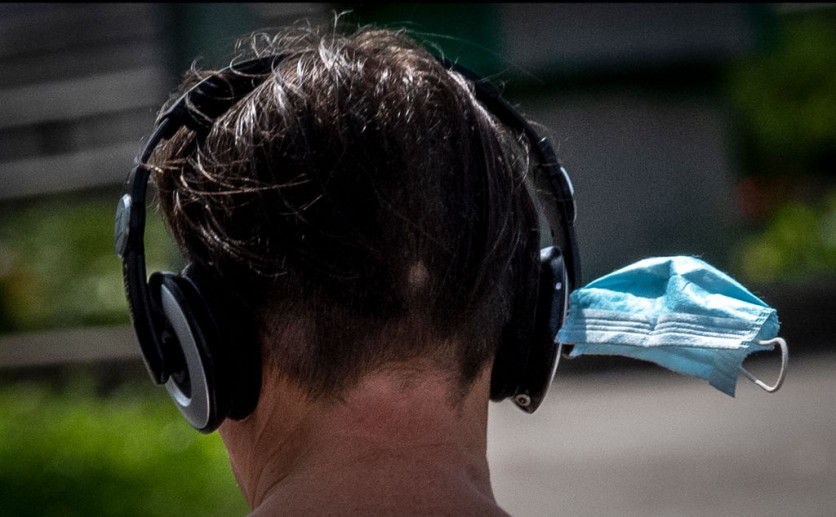You've heard of headphones that let you listen to music or take phone calls, but have you ever heard of headphones that can read your mind? Well, almost.
Danish health technology company T&W Engineering, along with Rigshospitalet and Aarhus University, have developed a pair of ear-EEG headphones that can detect early signs of Alzheimer's and Parkinson's disease.

Detecting Brain Diseases Via Headphones
The team is hoping to revolutionize the way we detect these serious brain diseases by using a device that looks like any ordinary pair of in-ear headphones.
But do not let its appearance fool you - this special measuring device is packed with sensors that can read your brain's electrical activity, monitor your sleep patterns, and even listen to your heartbeat and breathing, all while being gentle and non-intrusive.
According to recent studies, alterations in sleep patterns may be an early indication of Alzheimer's and Parkinson's disease. By detecting these patterns, the ear-EEG has the potential to screen patients for these severe brain diseases before the onset of any visible symptoms.
As per Professor Preben Kidmose, the Center for Ear-EEG's head at Aarhus University, the detection of Alzheimer's and Parkinson's disease often happens when patients show cognitive and memory-related issues, sleep disturbances, or musculoskeletal problems.
The ear-EEG headphones aim to recognize signs of the diseases a decade or more before the onset of symptoms. This breakthrough could lead to more effective treatment options and help alleviate the burdens of patients and their loved ones.
Read Also : Revolutionary Regenerative Medicine: Immunotherapy Is Transforming How Autoimmune Diseases Are Treated
How does it work?
Curious about how the ear-EEG works? Well, the process involves placing a small device in the ear that measures the electrical activity in the brain.
This innovative method is based on detecting the subtle voltage changes on the skin's surface resulting from the brain's neuron activity. Compared to traditional sleep measurements, the ear-EEG is much less intrusive, making it a more comfortable and gentle option.
In addition to measuring brain activity, the PANDA-project device also has other features, such as an oximeter for measuring blood oxygen levels, a thermometer, and a microphone that can pick up breathing and heartbeat sounds, much like a stethoscope.
The best part? This device is perfect for home healthcare. T&W Engineering, the company behind the ear-EEG, is an expert in portable health technologies that provide an accurate view of a patient's health, allowing for more effective care, ideally at home.
With the ear-EEG, patients can monitor their sleep patterns and detect any early signs of brain diseases from the comfort of their own homes.
The potential of the ear-EEG is immense, and the possibilities are endless. Could it lead to a world where serious brain diseases are a thing of the past? It is too soon to tell, but one thing's for sure: the ear-EEG has the potential to revolutionize the way we detect and treat brain diseases.
Related Article : [BEWARE] Smartphone Addiction Linked to Nomophobia; New Study Reveals Other Serious Health Consequences

![Apple Watch Series 10 [GPS 42mm]](https://d.techtimes.com/en/full/453899/apple-watch-series-10-gps-42mm.jpg?w=184&h=103&f=9fb3c2ea2db928c663d1d2eadbcb3e52)



